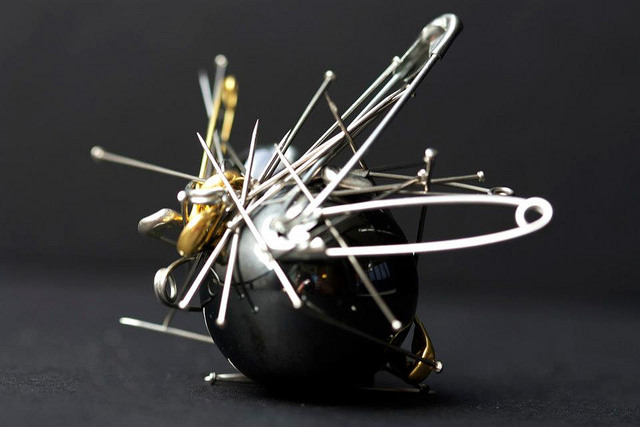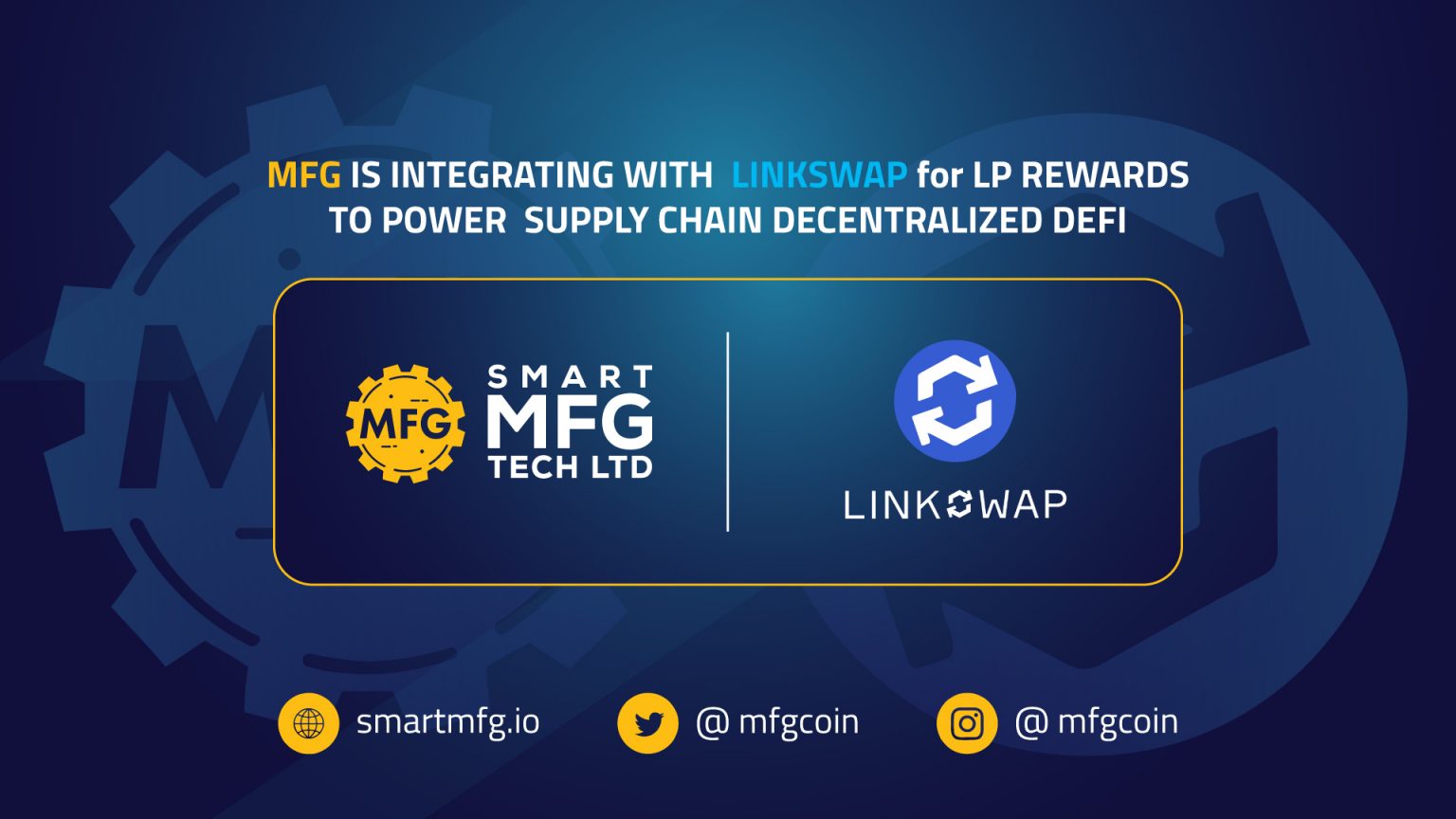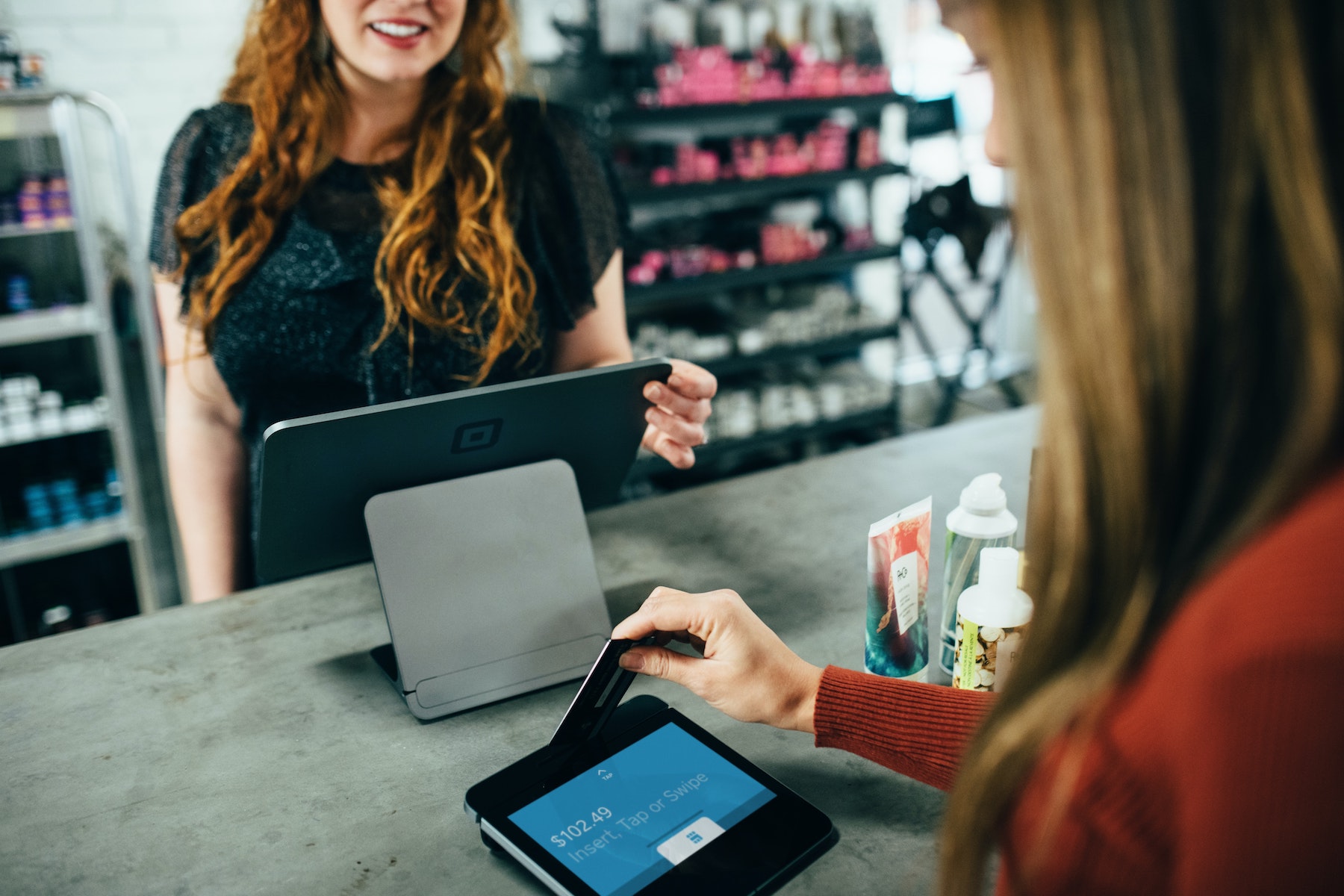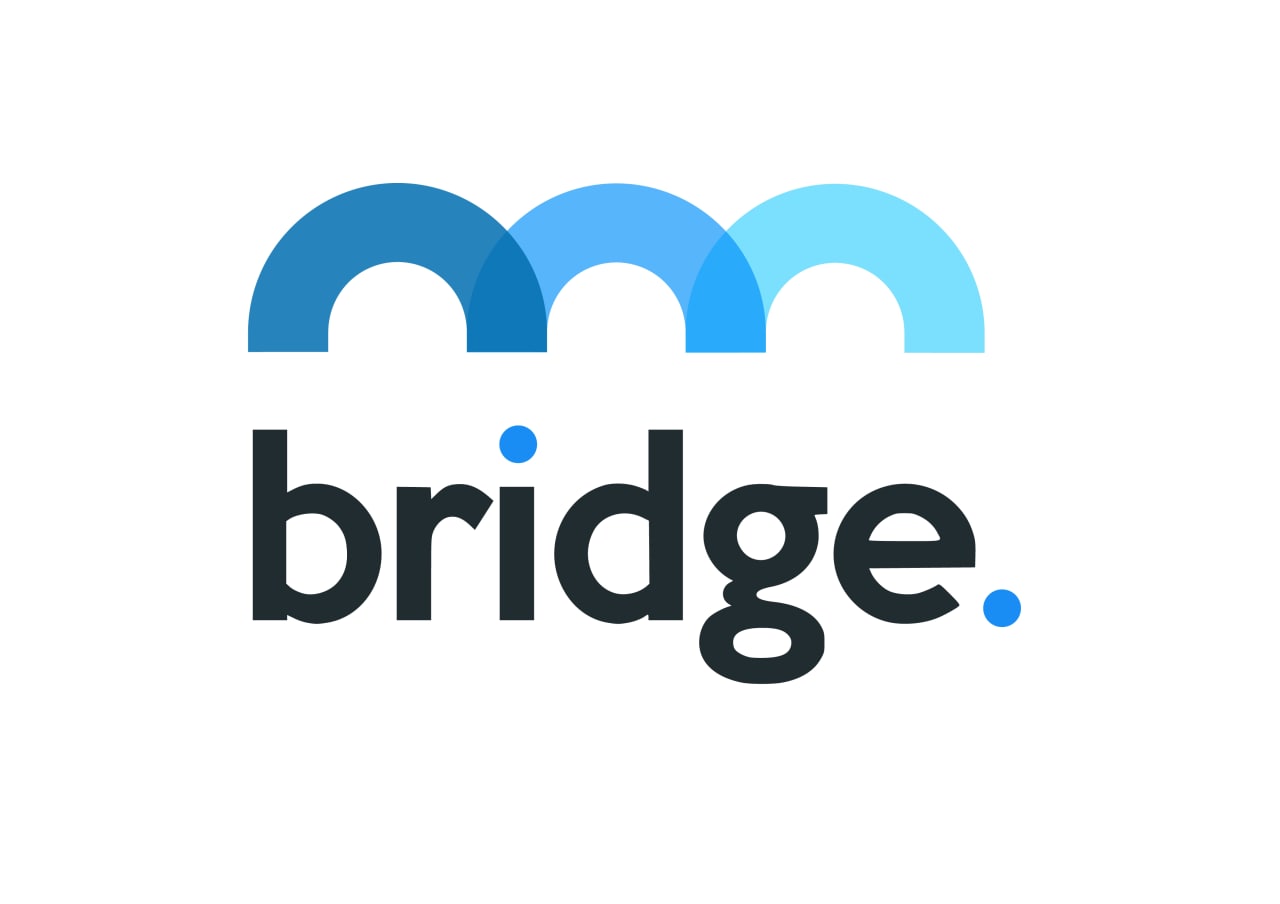Currency Market
Ripple-powered Coil and XRP TipBot grabbing mainstream adoption for XRP

Ripple’s XRP has had a fantastic year. It’s one of the few digital assets that are reporting growth in a market that is still decidedly bearish. Not to forget its latest spike in the price. This should not surprise anybody at all, as it was last year’s most profitable coin, even taking into account the spectacular bullish run Bitcoin had in December.
Among the reasons bolstering XRP’s strong position in the market are the strategic partnerships the project keeps securing and announcing (MoneyGram would be the latest one), as well as an unprecedented effort to complement XRP’s usefulness in international transactions with braking it into retail use in the mainstream.
And there’s even more good news from both within and without Ripple. Not too long ago, the Apple and Google app stores approved a new app called TipBot which supports Ripple as a means of payment for end users. Also, over the last month, Ripple released xRapid, which is expected to become its killer app, and a Q3 financial report in which everything looked just peachy.
Ripple’s mission is to work with banks, remittance services, and financial institutions so that its blockchain technology can, once and for all, get rid (or, at least, complement) of the obsolete SWIFT system. SWIFT remains the way in which the banks of the world settle international payments. It’s expensive, slow, and prone to errors.
The way in which Ripple has been growing and developing lately prompted a report done by Lennard Neo Picolo Research. In this work, the researchers estimate that XRP’s intrinsic value is of $1.75 as things stand right now. Which means it’s undervalued by 280%, roughly.
What is the timeline for the target price of 1.75 shown in upper right hand corner?
— Daniel Joseph (@stlghostrider) October 31, 2018
But there’s still work to be done. The Ripple network needs further decentralization (something that’s made them unpopular at times in the cryptosphere), and while it has indeed been making progress in that front, there’s still a lot more to be done.
Let’s talk a bit more about Tip Bot. It’s an app created by Wietse Wind, who also happens to be an XRP developer. Using Tip Bot and Coil, the St. Jude Children’s Research Hospital was donated 21,000 XRP in the space of four months. The goal remains to reach 25,000 XRP.
CoinField, the Canadian cryptocurrency exchange has chosen XRP to be its main base currency, and it has twenty available trading pairs against it. The Canadian company decided to do this because of XRP quick transactions, modest fees, and solid reliability. In Babak Bob Ras, the firm’s CEO’s words:
“In a very short amount of time, XRP has proven itself to be one of the most reliable and most cost-efficient blockchain networks in the industry.”
CoinField also allows for exchanges in several other fiat and cryptocurrencies such as the Canadian Dollar, Japanese Yen, British Pound, Euro, and US Dollar.
XRP’s market capitalization is currently at 21 billion USD, which means it’s only 1 billion behind Ethereum and it’s pressing hard to become the second most significant digital asset. In fact, the cryptocurrency did that today for a while (again). As we write this article, it’s trading in green numbers at $0.534.
For real-time trade alerts and a daily breakdown of the crypto markets, sign up for Elite membership!
Disclaimer: This article should not be taken as, and is not intended to provide, investment advice. Global Coin Report and/or its affiliates, employees, writers, and subcontractors are cryptocurrency investors and from time to time may or may not have holdings in some of the coins or tokens they cover. Please conduct your own thorough research before investing in any cryptocurrency and read our full disclaimer.
Image courtesy of Flickr
Currency Market
Smart MFG Tech Announces its First Liquidity Mining Rewards Program on LINKSWAP

Manufacturing Industry 4.0 company Smart MFG Tech has announced that it is launching its MFG Liquidity Mining Rewards on LINKSWAP today. LINKSWAP is a decentralized, community-governed Decentralized Exchange (DEX) and an AMM platform, which was created by YF Link (YFL). The team at YF Link says it aims to address “the pain points of second-generation AMMs” by offering such features as Reduced Impermanent Loss, RugLock, SlipLock that are not offered by other platforms.
Smart MFG Tech has said that the first integration of the MFG liquidity mining rewards will use the LINKSWAP LP (Liquidity Provider) Rewards service. It will allow LPs to deposit their LP token(s) (UNI-V2) to the participating rewards pool (ETH|MFG) and earn MFG rewards seamlessly. Smart MFG said it will continue to work with the YF Link team to provide support for other pairs and expand services.
LINKSWAP’s Rewards is a liquidity mining service that enables LPs to earn rewards for providing liquidity in a participating pool. YF Link has implemented a custom frontend solution for Smart MFG LP rewards pool on LINKSWAP. This will allow LPs to add liquidity to Smart MFG’s existing ETH|MFG pool on UniSwap v2 and deposit their LP token(s) (UNI-V2) to their LINKSWAP rewards pool (ETH|MFG).
Smart MFG explained how the rewards can be earned:
“LPs get a share of the transaction fees on Uniswap v2. This is calculated by how much liquidity is provided relative to the percentage…
Currency Market
Building Your Nest Egg Brick By Brick: Are Micro-Investments Here to Stay?

No matter what our goals are, sometimes just getting started can be the most difficult part of building our savings up. When it comes to investing, many of us are wary of parting with our money to generate more financial security in the future. But what if you can build significant savings without even noticing?
That’s the aim of the micro-investing apps that have come to dominate online stores across Android and iOS. Today, more fintech startups are working on delivering refined solutions that encourage minuscule investments at a more frequent rate.
Micro-Investing apps will look to make saving more accessible to young people – many of whom in the UK have little-to-no money tucked away for a rainy day.
However, the prevalence of money-saving technology and the disruptive chaos of the COVID-19 pandemic appears to have prompted a widespread increase in households saving more of their disposable income:
With micro-investing platforms playing a role in bringing UK household savings back up to five-year highs, is it fair to say that little-by-little investing is here to stay? Let’s take a look at how micro-investment platforms could revolutionise how we manage our finances:
What is Micro-Investing
Micro-investing, or sparse change investing, is a relatively new development in fintech. It effectively enables users to put away small amounts of money towards their long, or short, term goals. The idea…
Currency Market
Decentralized Insurance Platform Bridge Mutual to Launch BMI Token on Polkastarter

Bridge Mutual, a decentralized platform that allows users to insure stablecoins, has announced that its native BMI token will be launched on Polkastarter tomorrow, January 30. The Polkadot’s decentralized exchange will host an Initial DEX Offering (IDO) for Bridge Mutual.
“Even the most sophisticated digital asset investors are at risk of losing their funds through various malicious and negligent activities in the blockchain ecosystem. With Bridge Mutual, we believe it doesn’t have to be this way. Using Bridge, people can control the risk exposure of their digital asset investments, just as they do with real-world assets. The Bridge Mutual platform allows people to offer and purchase coverage in a decentralized p2p way. We’re excited kickstart the launch of the BMI ecosystem with a launch on Polkastarter and creating a better way of protecting digital assets for users all over the globe,” Bridge Mutual CEO Mike Miglio said in a statement.
Bridge Mutual allows users to buy and sell insurance for smart contracts, stablecoins and crypto exchanges, peer-to-peer. Users can purchase insurance via the Bridge Mutual app and then file a claim if their digital assets are lost after a hack. “When users lock stablecoins in Bridge Mutual’s coverage pools, those funds are reinvested into popular (and safe) yield generating platforms that return yields to coverage providers. When a claim is approved, stablecoins from the coverage pool goes…
-

 Blogs6 years ago
Blogs6 years agoBitcoin Cash (BCH) and Ripple (XRP) Headed to Expansion with Revolut
-

 Blogs6 years ago
Blogs6 years agoAnother Bank Joins Ripple! The first ever bank in Oman to be a part of RippleNet
-

 Blogs6 years ago
Blogs6 years agoStandard Chartered Plans on Extending the Use of Ripple (XRP) Network
-

 Blogs6 years ago
Blogs6 years agoElectroneum (ETN) New Mining App Set For Mass Adoption
-

 Don't Miss6 years ago
Don't Miss6 years agoRipple’s five new partnerships are mouthwatering
-

 Blogs6 years ago
Blogs6 years agoCryptocurrency is paving new avenues for content creators to explore
-

 Blogs6 years ago
Blogs6 years agoEthereum Classic (ETC) Is Aiming To Align With Ethereum (ETH)
-

 Blogs6 years ago
Blogs6 years agoLitecoin (LTC) Becomes Compatible with Blocknet while Getting Listed on Gemini Exchange















